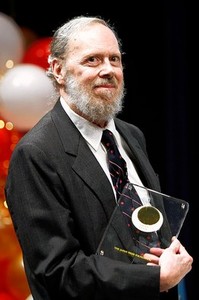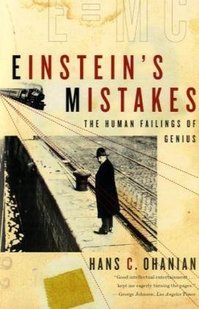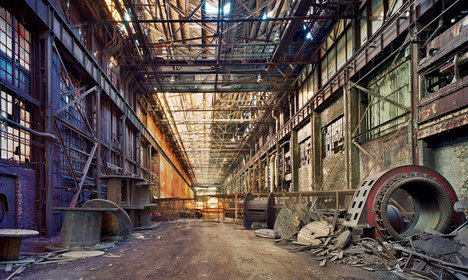(p. 5) My first year as a public school teacher, I taught at Manhattan’s P.S. 98, which did not have air-conditioning. From mid-May until June’s end — roughly 17 percent of the school year — the temperature in my classroom hovered in the 80s and often topped 90 degrees.
Students wilted over desks. Academic gains evaporated. Even restless pencil tappers and toe wigglers grew lethargic. Absenteeism increased as children sought relief at home or outdoors. By day’s end, my hair was plastered to my face with perspiration.
It seems obvious: schools need to be cool. It’s absurd to talk about inculcating 21st-century skills in classrooms that resemble 19th-century sweatshops.
. . .
Cool schools are critical if we are to boost achievement. Studies show that concentration and cognitive abilities decline substantially after a room reaches 77 or 78 degrees. This is a lesson American businesses learned long ago. . . . A pleasant atmosphere leads to more productive employees.
. . .
It isn’t just white-collar laborers who work in cool climates. Amazon announced last year that it was spending $52 million to upgrade its warehouses with air-conditioning. Yet we can’t seem to do the same for vulnerable children, though some of the achievement gap is most likely owing to a lack of air-conditioning. One Oregon study found that students working in three different temperature settings had strikingly different results on exams, suggesting that sweating a test actually undermines performance.
Students who enjoy the luxury of air-conditioning may enjoy an unfair advantage over their hotter peers.
We are also investing enormous sums to extend the school day and school year in many locales. But these investments won’t be effective if schools are ovens.
For the full commentary, see:
SARA MOSLE. “SCHOOLING; Schools Are Not Cool.” The New York Times, SundayReview Section (Sun., June 2, 2013): 5.
(Note: ellipses added.)
(Note: the online version of the commentary has the date June 1, 2013.)





